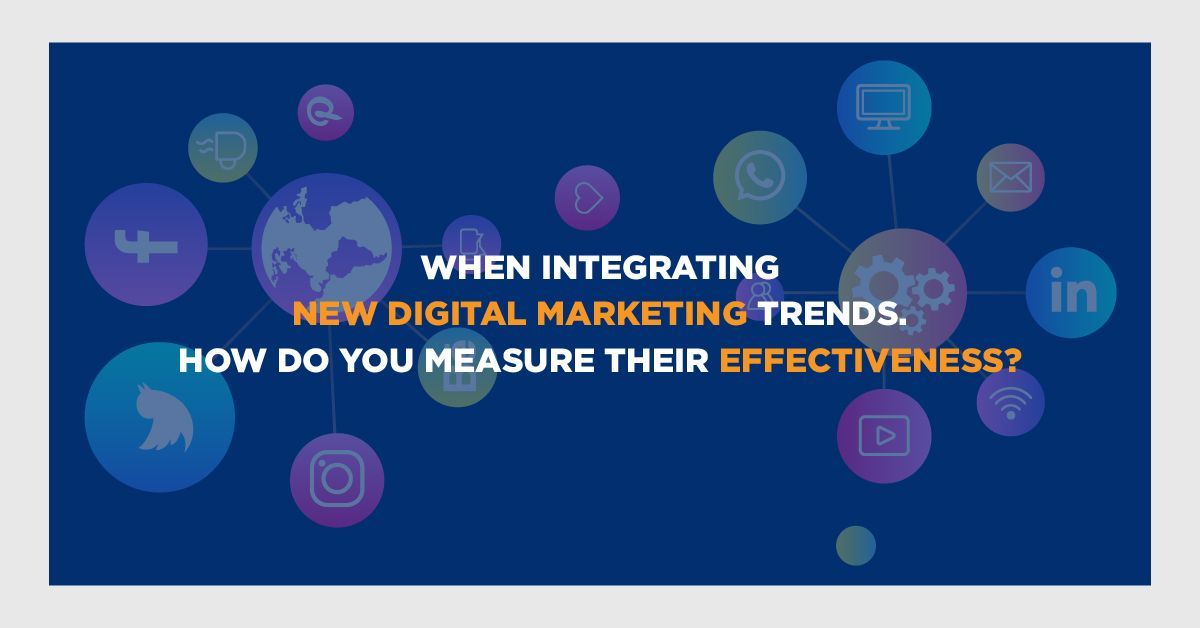TOP 5 MICROSERVICE FRAMEWORKS
October 27, 2022

A software development company must choose a framework with all the interactive tools necessary to build a strong and incredibly performant application in order to take on the assignment. These frameworks also affect the long-term maintenance expenses, development time, handling ease, and capital costs.
Monolithic single applications are divided into smaller apps using a microservices architecture. To create microservices, a variety of programming languages and frameworks are available. The development of different deployment models is their main objective.
Top 5 Frameworks for Teams Building Microservices
In order to help you make a better-informed decision when picking the right framework for your project, here is a list of 10 frameworks that describe their unique processes, business capabilities, and advantages of microservices frameworks.
1. Spring Cloud and the Spring Boot framework
A well-known Java framework for creating Microservices applications is Spring Boot. For creating microservices architecture, Spring Cloud provides a wide range of add-on modules. Large distributed systems can be built with Spring Boot by starting with a simple design that consists of a number of interdependent components. It can be used to build both small and big systems. Reversal of Control makes Spring boot reasonably simple to integrate with other well-known frameworks.
Key Advantages:
- Construction of dynamic microservices programmers using REST API is made possible by Spring MVC.
- Interfacing with leading frameworks is made simple via inversion of control.
- Micrometer is an extra framework for distributed monitoring, analytics, and tracking of important data.
- For horizontal scalability and seamless integration of many backend services, Cloud Foundry is used.
- Improvement in time to market for complex application architecture.
2. Eclipse Vert.X
If you're looking for event-driven microservices solutions for software development, Eclipse Vert.X should be at the top of your list. It offers support for a number of languages, such as Java, Ruby, Kotlin, Ceylon, JavaScript, Groovy, and Scala. The framework is a suitable choice for service-oriented projects with complex microservices architecture because it runs on a Java Virtual Machine.
Vert.X from the Eclipse Foundation, in contrast to traditional stacks and frameworks, has resource-efficient characteristics that enable it to handle several requests at once. It is capable of doing duties in confined spaces, particularly containers. It is capable of doing duties in confined spaces, particularly containers. Due to its features and embedded characteristics, which make it more of a flexible tool than a framework, Vert.X is often used as a microservice framework.
Key Advantages:
- With a 650kb foundation, it is little in size.
- Because of its flexibility, developers can incorporate as many components as they need without introducing extraneous material.
- Executing medical tests using Vert.X web or an event bus is simple.
- Using Vert.X Unit, asynchronous unit tests are run.
- According to the software code provided by Google, it supports gPRC.
3. Oracle Helidon
Helidon, a microservices framework, was made by Oracle. A collection of Java libraries is used to create microservices. The two options are Helidon MP and Helidon SE. Helidon is inferior to Helidon in a lot of respects, although Spring Boot is better. Helidon is still in its infancy, and the lack of documentation makes it challenging to get answers on Stack Overflow.
A Micro Profile standard implementation is called Helidon MP. Because of this, it's a great choice for Java EE programmers. A compact toolkit called Helidon SE supports the newest Java SE capabilities, such as reactive streams, asynchronous and functional programming, and fluidly designed APIs. Based on Netty, Helidon SE's REST framework offers a straightforward API for handling sessions.
Key Advantages:
- There is a minimum starting time that ranges from 0.09 to 2.03 seconds.
- includes a complete cloud environment with all necessary and widely used technologies.
- consists of the Helidon SE and Helidon MP versions for different programming requirements.
4. GoMicro
A modular RPC-based framework called Go Micro provides the fundamental building blocks needed to create microservices using the Go programming language. It offers Pub/Sub, HTTP networking, proto-RPC or JSON-RPC encryption, and service discovery using the consul.
Go Micro satisfies the necessary requirements for creating scalable systems. It transforms the microservice architectural pattern into a group of tools that act as the framework of the system. Micro gives programmers with straightforward representations they are already familiar with while addressing the challenges of parallel computing.
Technology is constantly changing. Stacks of infrastructure are always changing. A modular toolkit called Micro addresses the aforementioned issues. Connect any key technology or foundation to the system. Utilize micro to build solutions for the future.
Key Advantages:
- The micro-API makes it possible to serve protocols like HTTP, GRPC, WebSocket, and publish events, among others, through discovery and modular processors.
- The CLI offers every feature required to understand the state of your microservices.
- Create fresh application templates to get going quickly. Micro provides pre-made templates for the creation of microservices. Always start out the same way and create comparable offerings to boost productivity.
5. Molecular
A fascinating microservices framework is molecular. This framework is perfect for JavaScript developers as NodeJS grows in popularity. A powerful, modern, and speedy NodeJS microservices framework called Molecular. It makes it easier to develop dependable, effective, and accessible services.
Key Advantages:
- Support for event-driven infrastructure must be balanced.
- Integrated services registry and adaptive service discovery
- Queries and replies that are load-balanced
- A variety of fault detecting traits
- An integrated caching strategy
- Modular displays
- Metrics that are integrated with report generators
- Integrated exporter tracing capabilities
Conclusion
Microservices serve as a foundation for contemporary applications and address the requirement for higher market performance, production, and reliability. Choosing the right framework may seem like a challenging undertaking due to the high cost of testing in many circumstances. It takes a sharp eye for detail and specialized knowledge to claim that the given framework would produce the required results.










